Rank Species | Higher classification Stonecrop | |
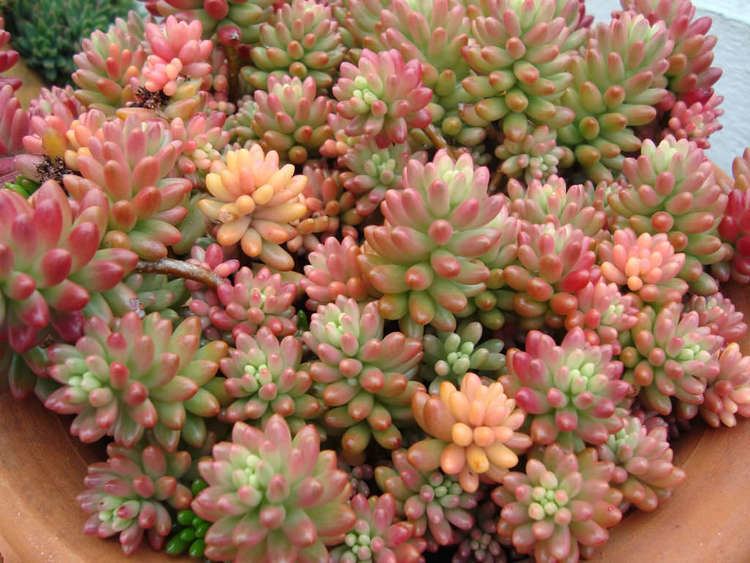 | ||
Similar Stonecrop, Crassulaceae, Sedum morganianum, Leatherpetal, Pachyphytum | ||
Sedum rubrotinctum aurora
Sedum rubrotinctum or Sedum × rubrotinctum, and commonly known as jelly-beans, jelly bean plant, or pork and beans. It is a species of Sedum from the Crassulaceae family of plants.
Contents
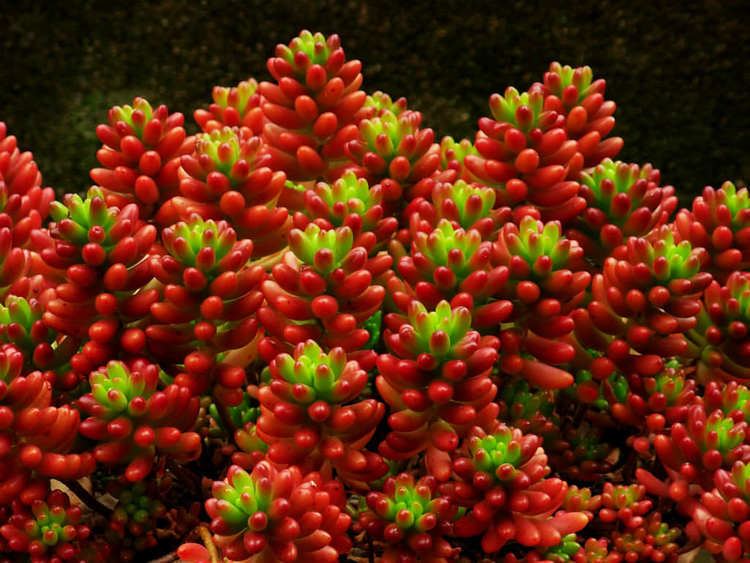
Nicknamed for its short leaves that resemble jelly beans, especially when taking on a protective hue. The plant was named officially as a distinct species in 1948. It is a succulent plant originating in Mexico.
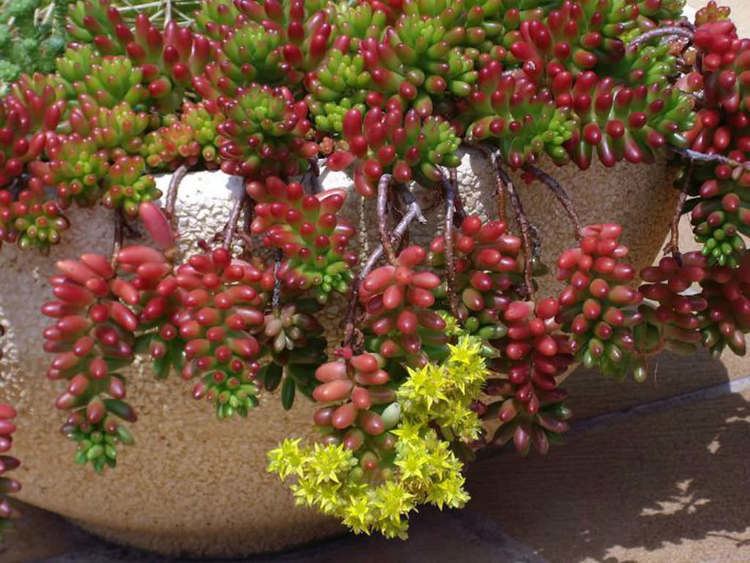
Description
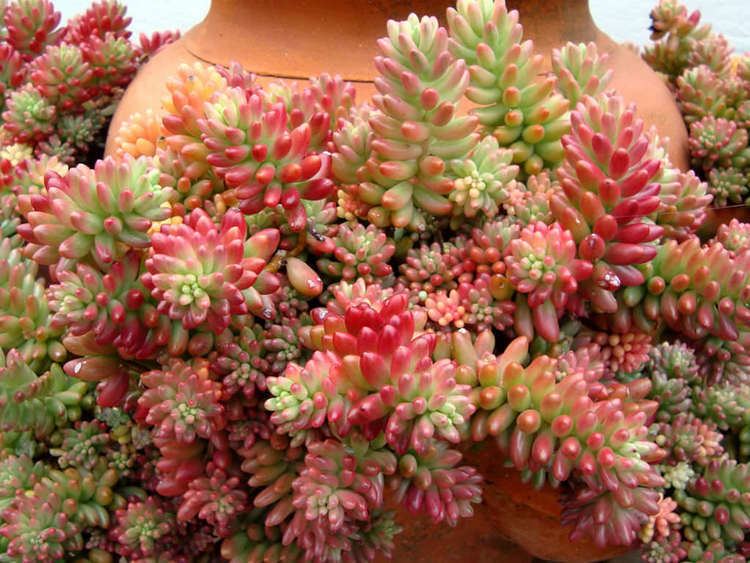
The leaves of the Sedum rubrotinctum plant change colour from green to red during the summer months as a protective adaptation They sprout bright yellow flowers from between the leaves in mid-spring.
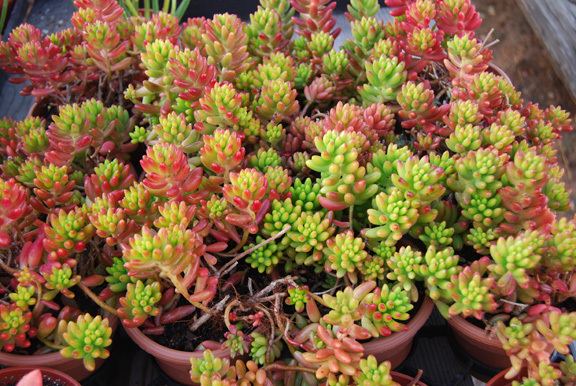
It has also been classified as a hybrid plant — of Sedum pachyphyllum × Sedum stahlii — named Sedum × rubrotinctum .
Cultivation
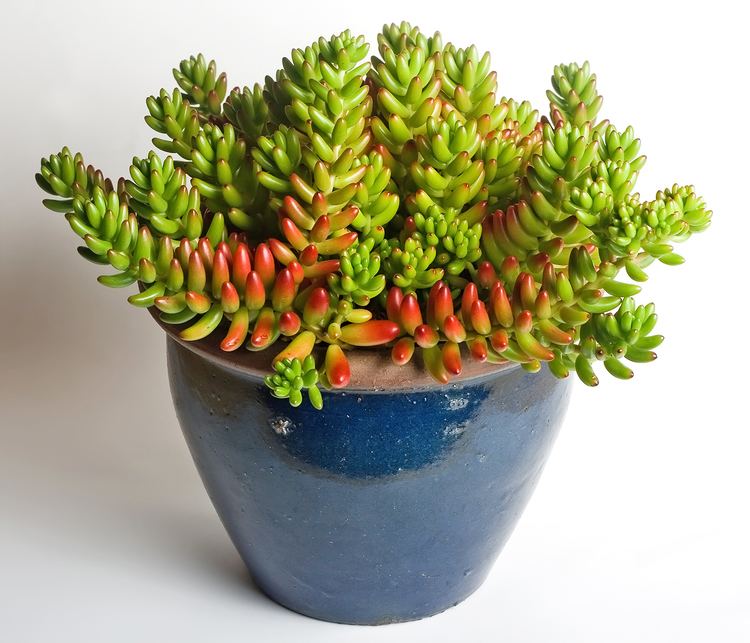
Sedum rubrotinctum is cultivated as an ornamental plant, for planting in gardens and as potted plants. It is grown very easily and tolerates all types of soil except for those that are poorly drained. It grows very well in summer, can take variations in climate, although it is not frost-tolerant.
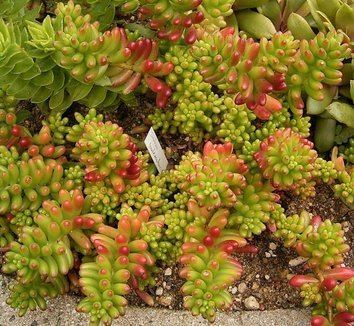
New plants may be grown from leaves (or beans) that drop off or are separated from the stem and laid on the soil.
Sedum rubrotinctum is poisonous and may cause irritation when ingested or touched.
